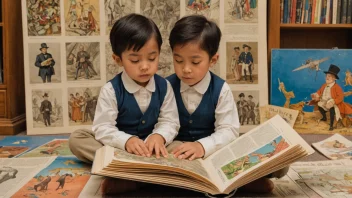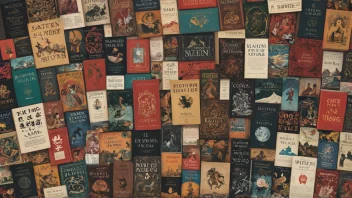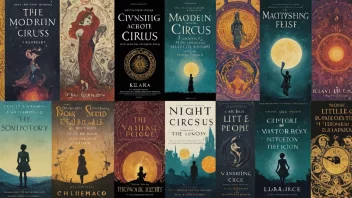What is the role of non-fiction in inspiring innovation?
Non-fiction books provide factual insights, real-life experiences, and expert knowledge that can spark creativity and new ideas. They present case studies, biographies, and thematic explorations that illustrate how innovation has occurred in various fields, encouraging readers to think outside the box.
Can you give examples of non-fiction books that have inspired innovation?
Absolutely! Here are a few notable examples:
- "The Innovator's Dilemma" by Clayton Christensen: This book explores why great companies fail and discusses the importance of disruptive innovation, which has inspired countless entrepreneurs.
- "Lean Startup" by Eric Ries: This guide offers a methodology for developing businesses and products that help innovators maximize their chances of success.
- "Sapiens: A Brief History of Humankind" by Yuval Noah Harari: While not strictly about innovation, this book provides a sweeping view of human history that prompts readers to think about future possibilities.
How can reading non-fiction improve problem-solving skills?
Reading non-fiction broadens your perspective and exposes you to various problem-solving frameworks. It allows you to learn from others' successes and failures, providing practical strategies that can be applied to real-world challenges. By understanding different approaches, readers can develop critical thinking skills essential for innovative solutions.
What genres of non-fiction are most effective in driving innovation?
Several genres of non-fiction can effectively inspire innovation, including:
- Biographies: Learning about the lives and thought processes of innovators can provide motivation and insight.
- Business and Management: These books often contain case studies and practical advice for fostering a culture of innovation.
- Science and Technology: These genres explore the latest advancements and their implications, encouraging readers to envision future possibilities.
What are the benefits of discussing non-fiction books with others?
Discussing non-fiction literature with others can deepen understanding and spark new ideas. Group discussions or book clubs can lead to diverse interpretations and applications of the content, which can help to refine one's own innovative thinking. Sharing insights also promotes collaboration and can lead to collective problem-solving.
How can educators use non-fiction to promote innovation in students?
Educators can incorporate non-fiction texts into their curricula to expose students to real-world issues and solutions. Assigning projects based on these texts can encourage students to research, analyze, and create their own innovative proposals. Additionally, fostering a classroom environment that values inquiry and critical discussion can further promote innovative thinking.
Are there any specific strategies to enhance creativity while reading non-fiction?
Yes! Here are a few strategies to consider:
- Take Notes: Jot down interesting ideas, questions, or connections as you read.
- Reflect: Spend time thinking about how the concepts can be applied in different contexts.
- Discuss: Engage in conversations about what you've read to gain new perspectives.
- Experiment: Try out ideas or methods suggested in the texts to see what works in practice.
What is the future of non-fiction in relation to innovation?
The future of non-fiction in inspiring innovation looks promising. As society continues to face complex challenges, the demand for informative and impactful literature will grow. Non-fiction will be vital in educating individuals and fostering a culture of critical thinking, creativity, and problem-solving necessary for innovation.
In conclusion, non-fiction literature serves as a powerful tool for inspiring innovation across various fields. By engaging with these texts, readers can equip themselves with the knowledge and skills to think creatively and tackle real-world problems effectively. Whether you're an entrepreneur, educator, or simply a curious reader, exploring the realm of non-fiction can lead to transformative ideas and innovations.






